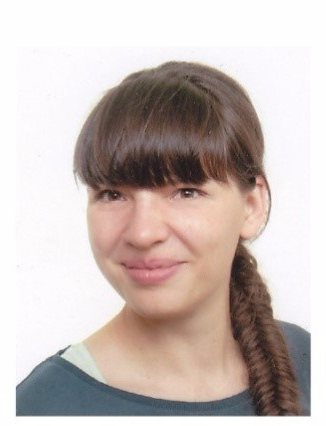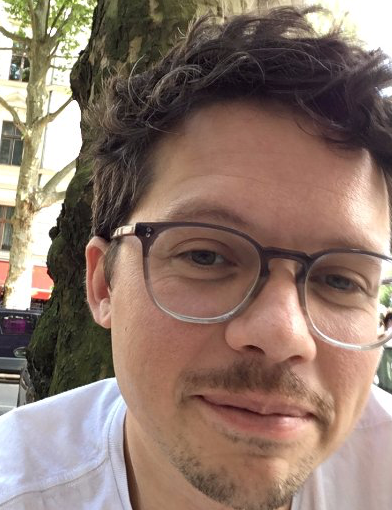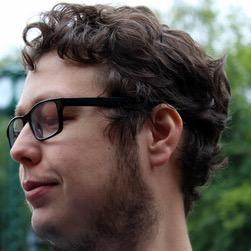“Roads fragment landscapes and trigger human colonization and degradation of ecosystems, to the detriment of biodiversity and ecosystem functions. The planet’s remaining large and ecologically important tracts of roadless areas sustain key refugia for biodiversity and provide globally relevant ecosystem services. Applying a 1-kilometer buffer to all roads, we present a global map of roadless areas and an assessment of their status, quality, and extent of coverage by protected areas. About 80% of Earth’s terrestrial surface remains roadless, but this area is fragmented into ~600,000 patches, more than half of which are <1 km² and only 7% of which are larger than 100 km². Global protection of ecologically valuable roadless areas is inadequate. International recognition and protection of roadless areas is urgently needed to halt their continued loss”. Science (December 2016).

Monika Hoffmann studied at the Eberswalde University for Sustainable Development and works at the Centre for Econics and Ecosystem Management as GIS expert on different projects related to nature conservation.


 The European project ENERGIC-OD (European Network for Redistributing Geospatial Information to user Communities – Open Data) address the heterogeneity of GI world and the lack of the single system which could satisfy the different user-requirements in world of geoinformation. The adopted approach is by utilising a brokering architecture and deploying a set of virtual hubs and a single point of access to geospatial datasets. This approach facilitates the development of multidisciplinary applications, based on full exploitation of open GI.
The European project ENERGIC-OD (European Network for Redistributing Geospatial Information to user Communities – Open Data) address the heterogeneity of GI world and the lack of the single system which could satisfy the different user-requirements in world of geoinformation. The adopted approach is by utilising a brokering architecture and deploying a set of virtual hubs and a single point of access to geospatial datasets. This approach facilitates the development of multidisciplinary applications, based on full exploitation of open GI.

 A graduate in computer science and information systems, Stoimen started his working life as a server-side developer. For the past eight years, he has fallen hopelessly into front-end technology stacks. Ever since then, he keeps an obsessive interest in the integration of the latest technologies discovered in the wide world of the front end. Stoimen is currently an R&D Lead for the Product Innovation team in the HERE IoT Department.
A graduate in computer science and information systems, Stoimen started his working life as a server-side developer. For the past eight years, he has fallen hopelessly into front-end technology stacks. Ever since then, he keeps an obsessive interest in the integration of the latest technologies discovered in the wide world of the front end. Stoimen is currently an R&D Lead for the Product Innovation team in the HERE IoT Department. Smart cities make use of information technologies to improve performance and quality of urban services, to decrease costs and to optimize resources, besides to involve citizens actively. However, many citizens do not know all the services and advantages that a smart city offers to them. In this work, we make use of a videogame to involve them in different cities and, by playing with real services, increase their knowledge about smart cities.
Smart cities make use of information technologies to improve performance and quality of urban services, to decrease costs and to optimize resources, besides to involve citizens actively. However, many citizens do not know all the services and advantages that a smart city offers to them. In this work, we make use of a videogame to involve them in different cities and, by playing with real services, increase their knowledge about smart cities. Francisco Ramos is Associate Professor at University Jaume I of Castellon (Spain). He teaches in the Master Erasumus Mundos of Geospatial technologies and is Director of a Master in Mobile Programming and Videogames. Moreover, he is also co-founder of Pixeder.com
Francisco Ramos is Associate Professor at University Jaume I of Castellon (Spain). He teaches in the Master Erasumus Mundos of Geospatial technologies and is Director of a Master in Mobile Programming and Videogames. Moreover, he is also co-founder of Pixeder.com
